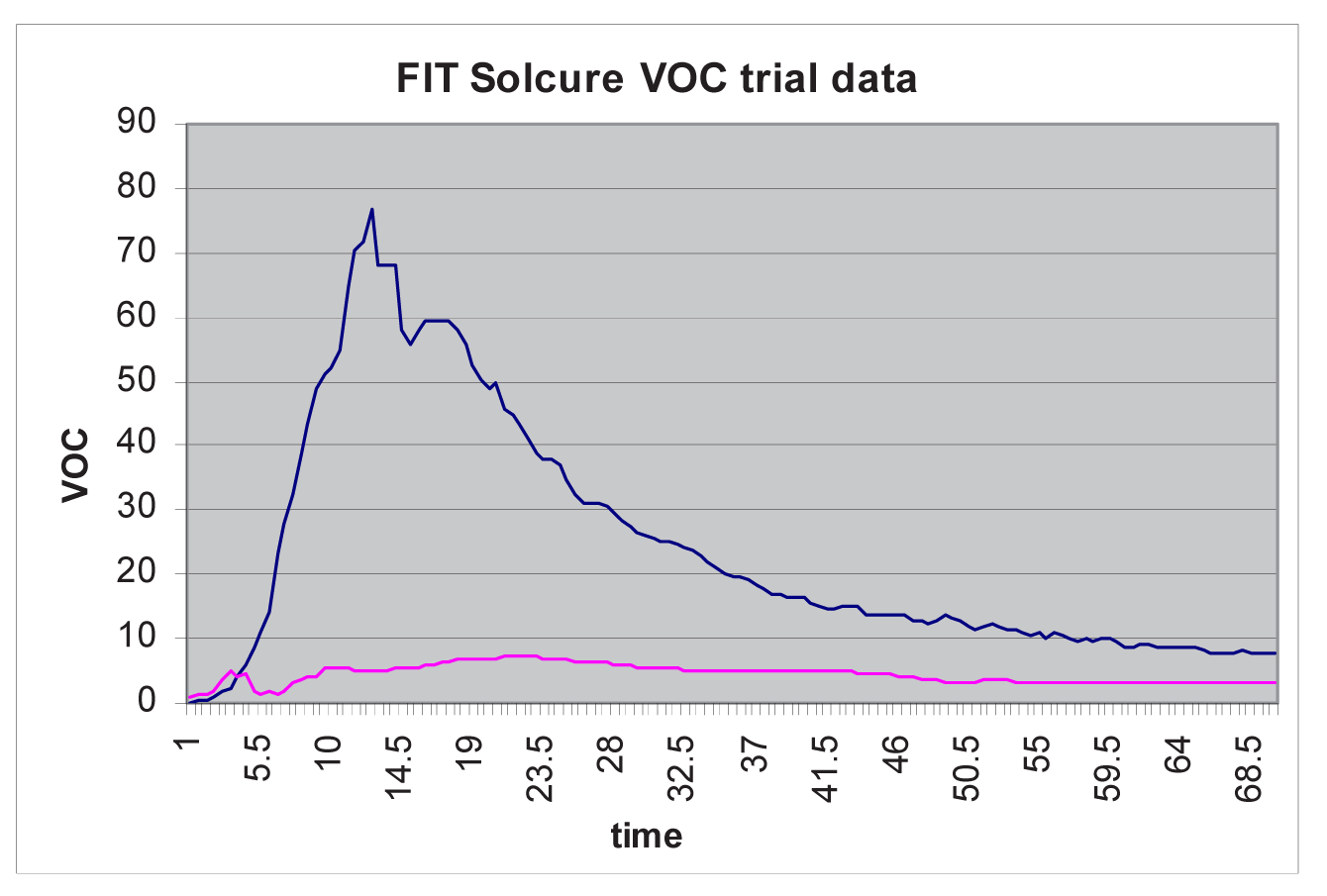Cookies
This site uses cookies to provide essential functionality and to improve your experience. Please confirm you are happy to accept cookies in order to use the website.
FIT design and build VOC (Volatile Organic Compounds) abatement plants to suit individual process and customer requirements, there are two distinctive designs available. The first utilises activated Carbon textiles to capture the VOC for automatic regeneration (desorbtion) and oxidising by the catalytic reaction. The second system oxidises the VOC by means of direct contact with the catalytic surface. Both designs achieve VOC reductions to levels satisfactory to meet local authority and customer requirements, with energy usage significantly lower than that used by alternative abatement methods.

Extensive research at our UK site has helped FIT become the market leader in Gas Catalytic Abatement systems. Laboratory trials set up to simulate VOC removal by means of direct contact with the catalytic media yielded a VOC reduction of in excess of 95%. The graph to the right shows the plotted trial data, the blue line is the VOC extract reading when by-passing the Solcure VOC unit and the red line represents the data when the extract is fed directly through the Solcure VOC unit.
At the core of the Solcure module are sheets of activated carbon filtration media utilising 100% activated carbon textiles, supported on stainless steel frames to capture the VOC`s from the contaminated process air stream. After a set period of time, the frames holding the contaminated carbon in the process air stream are automatically transferred to an adjacent desorption chamber for decontamination. In the desorption chamber the carbon is subjected to catalytic heating a clean air stream which forces the carbon to release the entrapped VOC`s into the clean air stream. This VOC laden air is passed over the surface of the catalytic heaters and subsequently converted to carbon dioxide and water vapour before being safely released to atmosphere. This system is ideal for processes with high volumes of contaminated air-flow such as automatic robotic paint plants.
These systems pass the VOC laden air directly over the face of the catalytic heaters. The systems are of modular design and manufactured to provide the most efficient design to suit individual customer and process requirements.
As with the alternative carbon design the VOC`s are oxydised on the active catalytic surface (exothermic reaction) and converted to Carbon dioxide and water vapour before being safely released to atmosphere. These systems are best suited for processes producing low to medium volumes of airflow and high concentrations of VOC`s such as industrial process ovens.
Given the compact design of the direct VOC Solcure units they can be sited inside work areas close to the process requiring treatment.